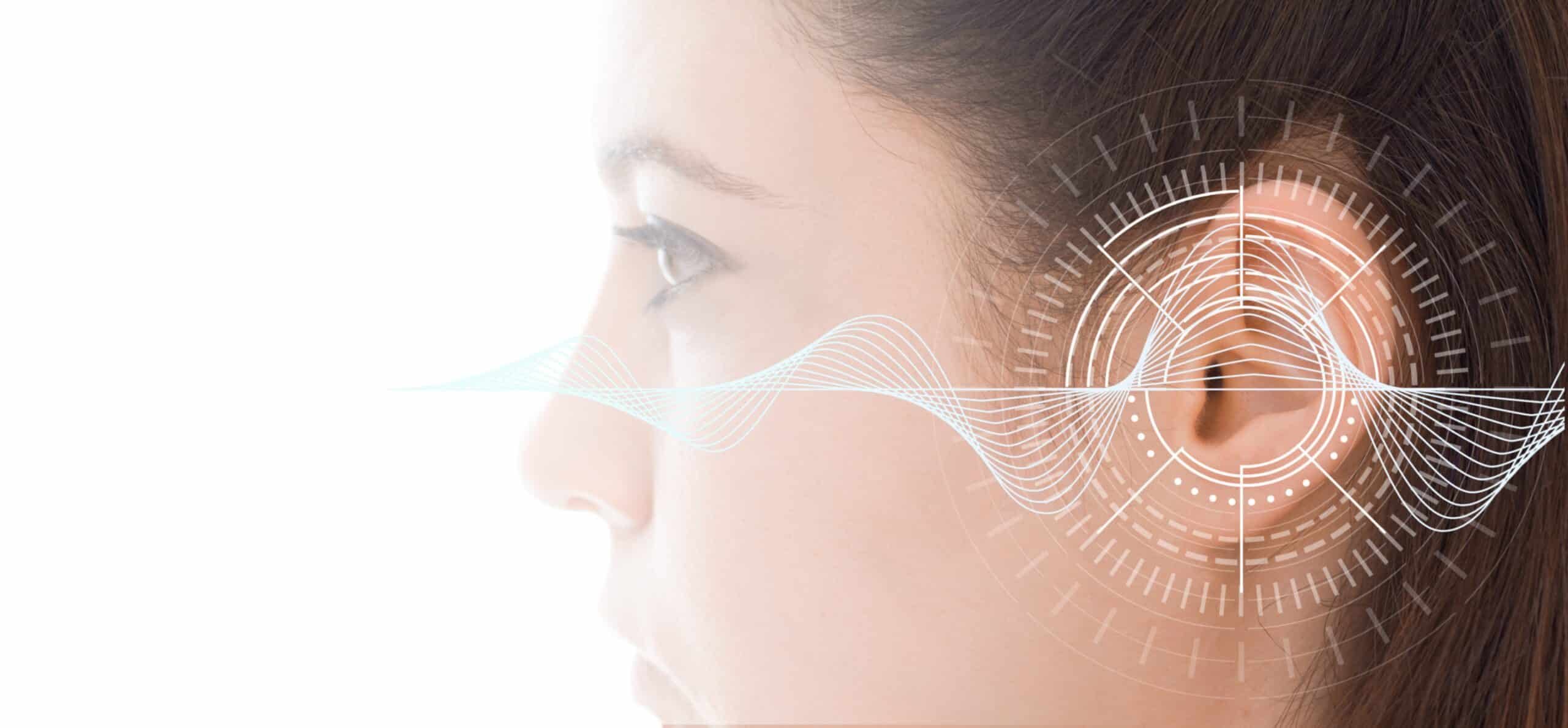Intriguingly, hearing loss from loud noise exposure or drugs such as cisplatin, a common form of chemotherapy, also stems from activation of the UPR in hair cells, suggesting that the UPR may underly several different forms of deafness.
There are several drugs that block the UPR – and stop hearing loss – in laboratory animals. The new findings make a stronger case for testing these drugs in people who are at risk of losing their hearing, according to the researchers.
“Millions of American adults lose their hearing due to noise exposure or aging each year, but it’s been a mystery what was going wrong,” said Dylan Chan, MD, PhD, co-senior author on the paper and director of the Children’s Communication Center (CCC) in the UCSF Department of Otolaryngology. “We now have solid evidence that TMTC4 is a human deafness gene and that the UPR is a genuine target for preventing deafness.”
Hair cells are the sensory cells of the ear, named for their hair-like structures that bend in response to sound. Hair cells convert this movement into signals that are relayed to the brain.
When we pump up the music in our cars or join tens of thousands of cheering fans at a football stadium, the noise can make the hairs bend so far that they actually break. Research from UCSF suggests that this activates the unfolded protein response (UPR) in the hair cells, forcing the hair cells to self-destruct and leading to hearing loss.
How hair cells in the ear self-destruct
In 2014, Elliott Sherr, MD, Ph.D., director of the UCSF Brain Development Research Program, faculty member of the UCSF Institute for Human Genetics, and co-senior author of the paper, noticed that several of his young patients with brain malformations all had mutations to TMTC4. But laboratory studies of this gene soon presented a conundrum.
“We expected mice with TMTC4 mutations to have severe brain defects early on, like those pediatric patients, yet to our surprise, they seemed normal at first,” Sherr said. “But as those animals grew, we saw that they didn’t startle in response to loud noise. They had gone deaf after they had matured.”
Sherr partnered with Chan, an expert on the inner ear, to look into what was happening to the mice, which looked like an accelerated version of age-related hearing loss in humans. They showed that mutations to TMTC4 primed hair cells in the ear to self-destruct, and loud noise did the same thing. In both cases, hair cells were flooded with excess calcium, throwing off the balance of other cellular signals, including the UPR.
But they found there was a way to stop this. ISRIB, a drug developed at UCSF to block the UPR’s self-destruct mechanism in traumatic brain injury, prevented animals who were exposed to noise from going deaf.
The first adult human deafness gene
In 2020, scientists from South Korea, led by Bong Jik Kim, MD, PhD, connected Chan and Sherr’s 2018 findings with genetic mutations they found in two siblings who were losing their hearing in their mid-20s. The mutations were in TMTC4 and matched what Chan and Sherr had seen in animals, although they were distinct from those in Sherr’s pediatric neurology patients.
“It’s rare to so quickly connect mouse studies with humans,” Sherr said. “Thanks to our Korean collaborators, we could more easily prove the relevance of our work for the many people who go deaf over time.”
Kim, an otolaryngologist at the Chungnam National University College of Medicine (Korea), facilitated the shipping of cells from those patients to UCSF. Sherr and Chan tested those cells for UPR activity and found that, indeed, this flavor of TMTC4 mutation turned on the destructive UPR pathway in a human context.
When Chan and Sherr mutated TMTC4 only in hair cells in mice, the mice went deaf. When they mutated TMTC4 in cells from individuals in the Korean family who hadn’t gone deaf, and in laboratory human cell lines, the UPR drove the cells to self-destruct. TMTC4 was more than a deafness gene in mice – it was a deafness gene in humans, too.
Translating a discovery to prevent deafness
Understanding TMTC4 mutations gives researchers a new way of studying progressive deafness, since it is critical for maintaining the health of the adult inner ear. The mutations mimic damage from noise, aging or drugs like cisplatin.
The researchers envision a future where people who must take Cisplatin, or who have to be exposed to loud noises for their jobs, take a drug that dampens the UPR and keeps hair cells from withering away, preserving their hearing.
The science also suggests that the UPR could be targeted in other contexts where nerve cells become overwhelmed and die, including diseases long thought to be incurable, like Alzheimer’s or Lou Gehrig’s disease.
“If there’s any way that we can get in the way of the hair cells dying, that’s how we’re going to be able to prevent hearing loss,” Chan said.




